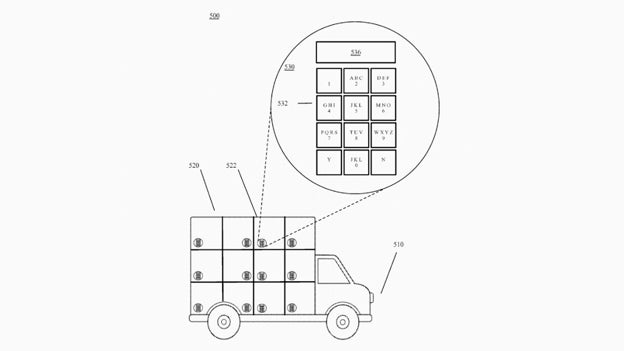New Google patent reveals plans to put the postman out of work

Google has won a patent for autonomous delivery trucks as it seeks to boost its self-driving fleet beyond cars.
The application for an “autonomous delivery platform,” as spotted by Quartz (via The Verge) could rival Amazon’s own Prime Air drone initiative.
The self-driving trucks would feature secure compartments, which would require package recipients to unlock compartments with a pin code, credit card or an NFC-equipped device.
In the case of the unique pin code, it would be sent to recipients, once the package is out for delivery.
After dropping off the parcel, the robot Postman Pat (likely without a robotic black and white cat) would continue on to its next destination.
The patent states: “Automated road vehicles can use various sensors, for example, video cameras, radar sensors and laser range finders, to “see” other traffic, as well as detailed maps to navigate a road, and a communication subsystem, such as a wireless communication subsystem, to communicate with a controller and other entities.”
See also: London’s first driverless cars revealed
Whether Google will ever put such a plan into action remains to be seen, but given the potential for autonomous vehicles to revolutionise commuting and the taxi industry, this would be the next logical step.
Both Google and Amazon’s plans are miles away in terms of receiving the legal permission to operate regardless of the readiness of the tech.
Would you prefer to receive your delivery from a drone or a driverless car? Share your thoughts in the comments section below.


